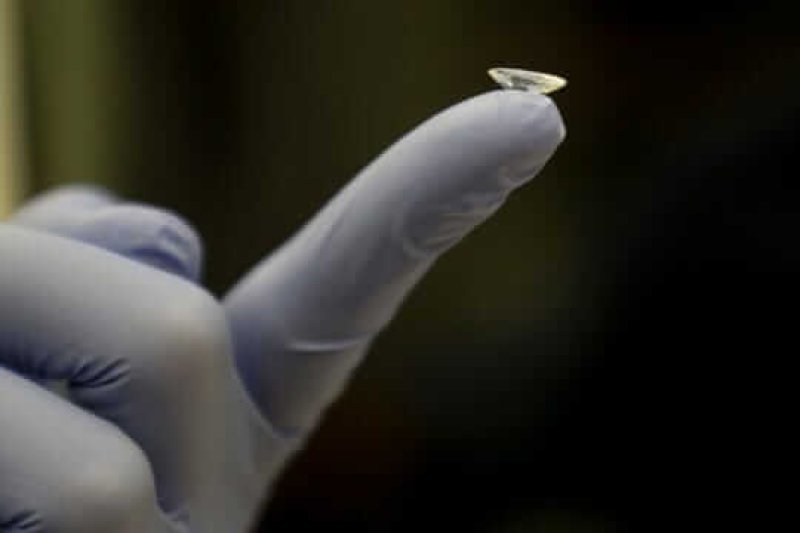Research led by Florida A&M University Pharmaceutics Professor Mandip Sachdeva has resulted in the creation of the first high throughput printing of human cells in a 3D print of the cornea in the U.S.
The scientific breakthrough – created in two research laboratories in the Dyson Pharmacy Building on campus – could lead to far-reaching advancements in the medical field, from transplants to testing of new cornea-relief products to cornea wound treatment.
…
“This eye can move up and down like a human eye does,” [Sachdeva] said, showing where the cornea, about the size of a contact lens, will be placed on the outer circle.
“We have simulated the human eye,” he said.
The model using the 3D cornea print could lead to reducing the dependency on animal testing for products of the cornea, such as drops, gels and ointments emerging for market.
“There is no good system to screen them,” he said of emerging products. “We simulate the human system. The cornea will have several of the cells lined up and you can study how much drug is going through and what’s happening in a much more efficient manner and minimize animal testing.”
Read full, original post: Florida A&M professor, researchers create first 3D print of human cornea in U.S.































